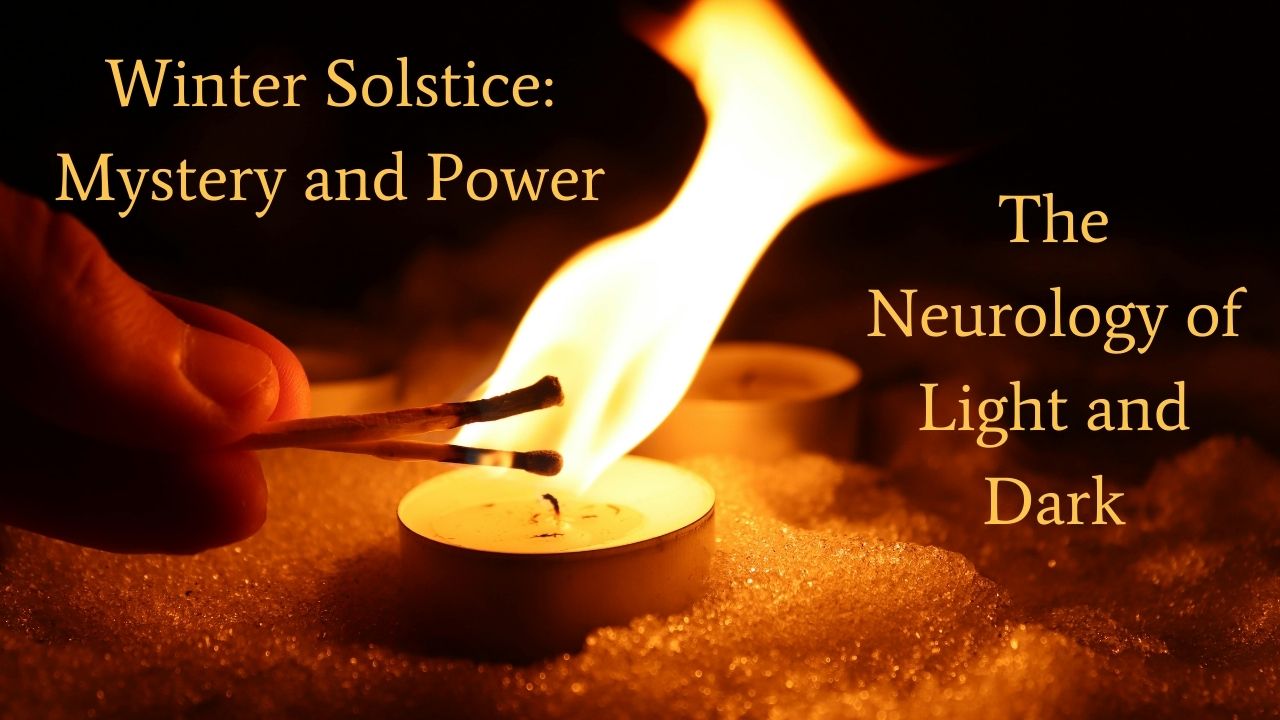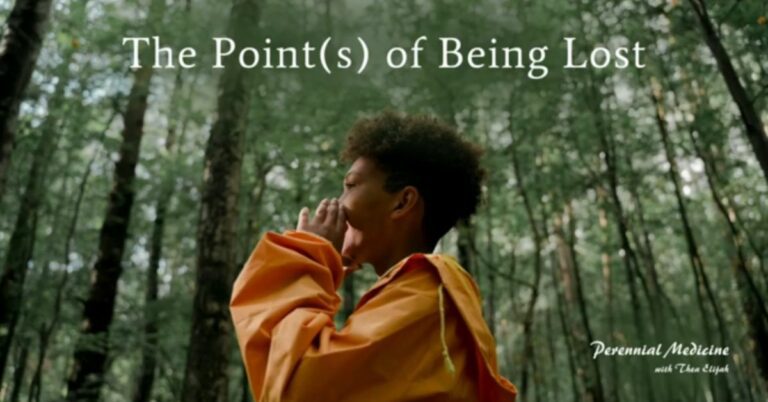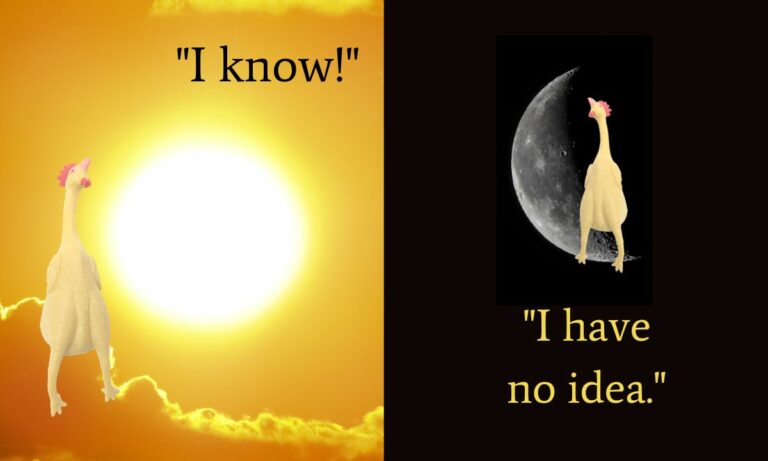The Neurological Interplay of Darkness and Light
One of the most important things we can do at this time of year is shift our neurology, which in turn actually shifts our endocrinology and especially our immune system, through our relationship to darkness and light. How we manage that will shift our relationship with mystery, and with the balance between knowledge and wisdom.
Specifically, what is what is considered medicinal is to stop using overhead lights to drown out the darkness. When it gets dark, as the light fades, turn on a lamp. That’s fine. When you use a lamp, you create a specific pool of light, sufficient for whatever you need it for. But you don’t shut out the darkness from your consciousness, and your Bladder 1 goes, “Oh, darkness,” and even more important, “Oh, nuance of the balance of darkness and light, with shadows gathering and shifting.”
This is a huge aspect of neurology that’s missing for a lot of people who keep the lights blazing until they turn them off to sleep. No wonder we’re afraid of the dark. We’ve had no time neurologically to dark adapt. We just go into it like a foreign land. Our neurology doesn’t know what to do with it. This does leads to a number of different things. One thing that it leads to is being much more susceptible to colds and flus because in the summer, the abundance of light draws our yang to the exterior, and we’re open: “Hey, it’s me in the light.”
Whereas in the winter, what we’re wanting to do is consolidate our yang in the depths, like a pilot light held on the inside. We’re actually putting ourselves at risk by having all this blazing light around us all the time. Having some lamps, having some candles, having some oil lanterns, gives our body a chance to adjust; “Oh, right. Darkness. Time to consolidate my yang in the depths, consolidate my power, my pilot light, my inner flame in my pelvis.” Give it a try. See how it shifts your body.
It’s not about not having enough light. Turn on a good strong light if you need to. If you’re writing, sewing, reading, whatever it is, turn on the light—but a light that allows you to notice beyond the circle of the light, “Oh, evening is falling, and it’s getting darker. Oh, night has fallen; it’s dark.”
This has a strong effect on us not just immunologically, in that gathering of forces and holding of yang in the interior. The shifting of our normal household way of lighting, such that there are pools of light and pools of darkness, shifts our neurology out of black-and-white thinking.
It’s not either light or dark. There’s a whole world of nuance in between light and dark, and between this and that.
I worry about our culture. I worry about us. I worry about what’s lost when we are not developing our capacity for subtlety, for slow crossfades and shifts. It’s really not all ‘this,’ or all ‘that.’ It’s not even staying the same from minute to minute. Do I have the neurology to notice that, and to keep pace with that?
Would you like to hear more? Check out the full transmission with the 5 PDA point video and transcript, Winter Solstice: Mystery and Power.
To join the discussion, find us on my Perennial Medicine discussion listserv (all are welcome)











